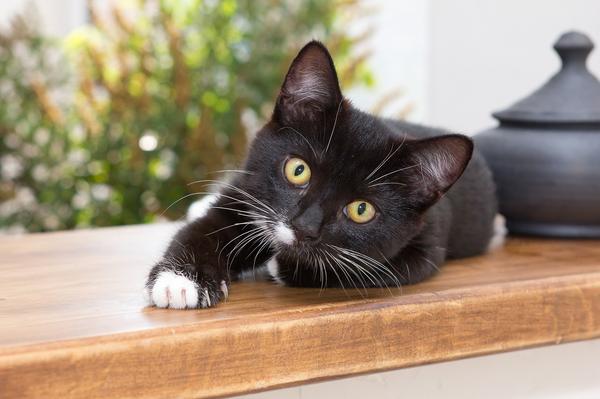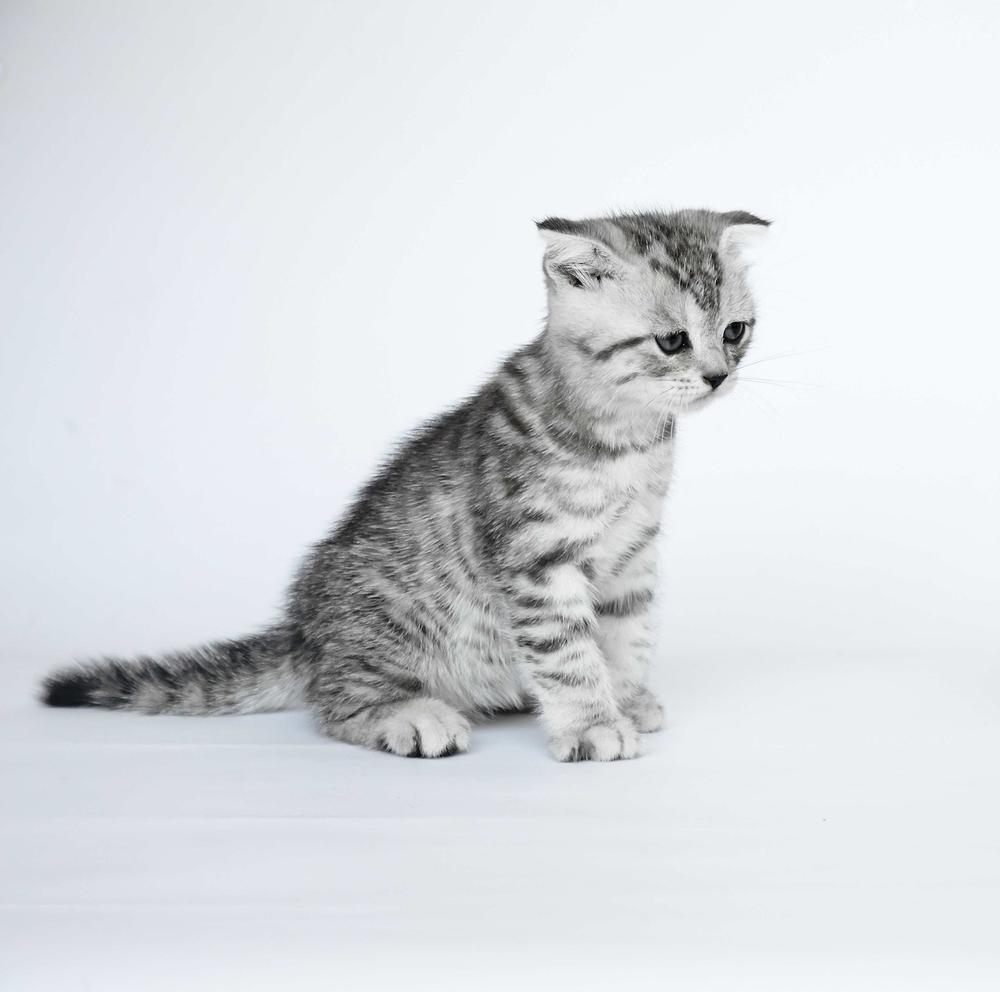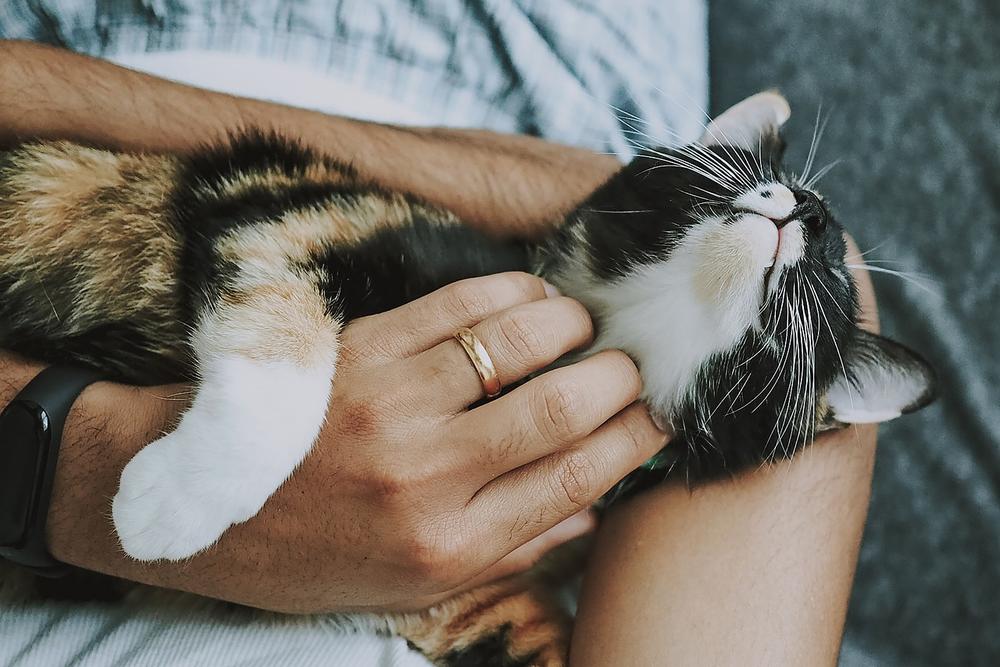How to Dry Up Milk From a Cat's Breasts (Easy Instructions)

Got a mama cat with an oversupply of milk?
Trust me, I get it. 😄
But have you considered the consequences of letting it go unchecked?
The pain, mess, and discomfort could drive you up the wall.
Well, fret not, because in this I Care for Cats guide I'll reveal all the secrets to drying up that milk.
Let's begin!
How to Dry Up Cats' Breast Milk Naturally
Drying up cats' breast milk naturally can be a process, but with some helpful tips, it can be made easier:
- Gradually reduce the amount of milk substitute: Slowly decrease the amount of milk substitute or kitten formula over time to wean the kittens off their mother's milk.
- Introduce canned cat food: Start introducing canned cat food to the kittens in place of milk substitute. This will help them transition to solid food and reduce their reliance on breast milk.
- Nipple massage: Gently massaging the queen's nipples can help stimulate the drying up process by reducing milk production.
- Monitor nutrition: Ensure that the mother cat is receiving a well-balanced diet during and after pregnancy. Proper nutrition can aid in milk production regulation and subsequent drying up.
- Provide stimulating toys: Engage the kittens in playtime with interactive toys to distract them from seeking breast milk.
- Be patient: Drying up breast milk naturally takes time. Allow the process to progress gradually and don't rush it.
Every cat is unique, so you should consult with a veterinarian for personalized advice on drying up breast milk in cats.
And it gets better...

If non-invasive methods aren't effective in drying up your cat's breast milk naturally, there are medications available that can help.
In this next section, we'll explore the use of bromocriptine and other treatment options prescribed by veterinarians.
You have to consider all the possibilities when finding a solution to this concern for your furry friend...
Medication Options for Drying Up Cats' Breast Milk
Talking to a vet is important when you think about using bromocriptine with your cat.
This medication can be given to stop milk production in cats by reducing prolactin hormone levels.
Besides that, antibiotics and pain relievers can also be used to treat mastitis, which is swelling of the mammary glands.
If non-invasive methods don't work, your vet could prescribe medicine to help dry up your cat's milk.
When to Consult a Veterinarian for Help with Drying Up Cat's Breast Milk
Signs to consult a vet while drying up your cat's milk
Drying up your cat's breast milk may seem simple, but sometimes things can go wrong. That's when you need help from a professional - a veterinarian.
If you see any signs of intense discomfort or pain during the process, you need to reach out to a vet.
They can check for complications and guide you to ensure your cat stays healthy.
Don't ignore abnormal breast milk production in cats
Usually, cats start producing milk after giving birth and continue for about two months. But if your cat is producing milk without being pregnant or nursing, it could be a sign of a medical issue that needs attention.
If you notice enlarged mammary glands, discharge, or continued milk production, consulting a veterinarian is crucial. These symptoms might indicate hormonal disorders, mastitis (infection of the breast tissue), or even cancer.
Taking action promptly is essential for your cat's well-being.
Prompt veterinary assistance is key
When it comes to lactation issues, early intervention is vital. If you suspect any concerning signs related to your cat's breast milk, don't hesitate to seek professional help. Vets have the knowledge and expertise to diagnose and treat such conditions effectively.
In some cases, the problem may resolve on its own within a few weeks, but it's always better to be safe than sorry.
Remember, your furry friend depends on you to keep them healthy and happy.
So trust your instincts and contact a veterinarian if something seems off with their milk production.
And if you're wondering about feeding kittens, I've got you covered! In my article, Can Kittens Drink Human Breast Milk, I explore whether it's safe and possible to give them this option.
It's important to always be proactive when caring for your feline friends, and I highly recommend checking out this valuable resource to satisfy your curiosity.
Signs of Engorgement and Mastitis in Cats
To keep your cat and her kittens healthy, you must watch out for any issues with her teats.

Here's what you should look for:
- If the teats appear red, hard, warm, or tender, there might be engorgement, which may require help from a vet.
- Cats have eight teats that all produce milk. During pregnancy, they can swell about halfway.
- If the mammary glands are swollen, uncomfortable, red, or become even more swollen, it could indicate mastitis—a teat infection in nursing cats.
- Mastitis is caused by bacterial infections and leads to inflammation, pain, and swelling.
- Mastitis must be addressed promptly because infected milk can cause septicemia in nursing kittens if consumed. 😺
- Mastitis is not contagious to other animals. It usually stems from unhygienic environments or sudden changes in milk consumption.
- You can reduce swelling and pain in affected teats by hand-milking them.
- Keeping bedding and nursing areas clean is crucial in preventing mastitis.
- Checking the milk supply regularly and making sure the kittens feed from all teats helps prevent mastitis too.
- If you suspect engorgement or mastitis, you should consult a vet, who may need to conduct an examination and tests for accurate diagnosis.
Your cat and her kittens' well-being will be guaranteed if you acknowledge these indicators and implement the necessary measures.
Ending Thoughts on Drying Up Cats' Breast Milk
Key Takeaways:
- Kittens typically start weaning and eating solid food around 10 weeks old.
- Weaning usually occurs by 7-8 weeks old, with kittens primarily consuming cat food by 3-4 weeks old.
- Lactation in cats begins before birth and can also be triggered by pseudopregnancy or certain medications.
- The drying up process in cats takes about a week after weaning.
- Pushing away nursing kittens helps in drying up a cat's milk supply.
- Removing milk with a sterilized needle or syringe can help dry up a cat's milk supply.
- Hunger increases during pregnancy to provide extra nutrition for milk production.
- Feline breast milk contains proteins, fats, vitamins, minerals, and antibodies.
- Antibiotics and pain relievers can be used to treat mastitis.
- If your cat produces breast milk without being pregnant or nursing, consult a veterinarian.
- Swollen, uncomfortable, red, or swollen mammary glands could indicate mastitis.
- Hand-milking can minimize swelling and pain in affected teats.
- Keeping bedding and nursing areas clean can prevent mastitis.
- Veterinary examination and testing may be necessary to diagnose mastitis.
And that wraps up today's article.
If you wish to read more of my useful articles, I recommend you check out some of these: How to Tell if Kittens Are Getting Enough Milk, Can Pregnant Cats Drink Milk, Nursing Cat Always Hungry, How Long Can a Cat Go Without Eating, and How Long Can a Newborn Kitten Go Without Eating
Talk soon,
-Sarah Davis